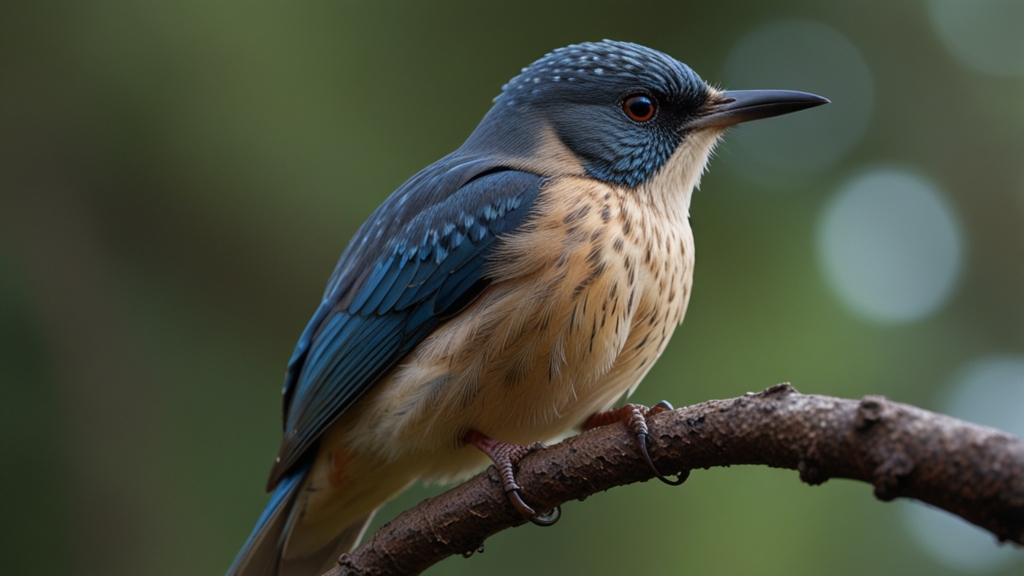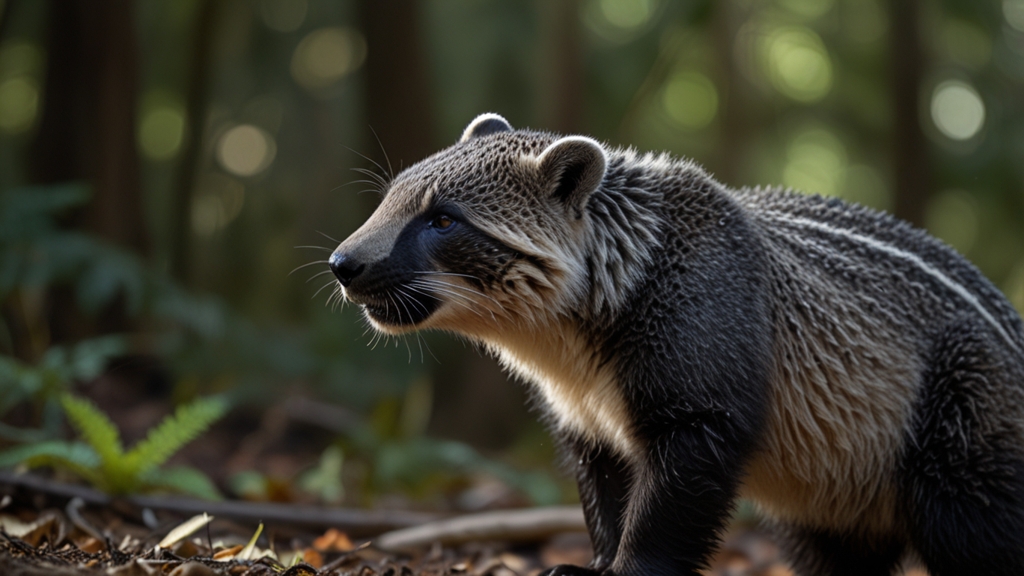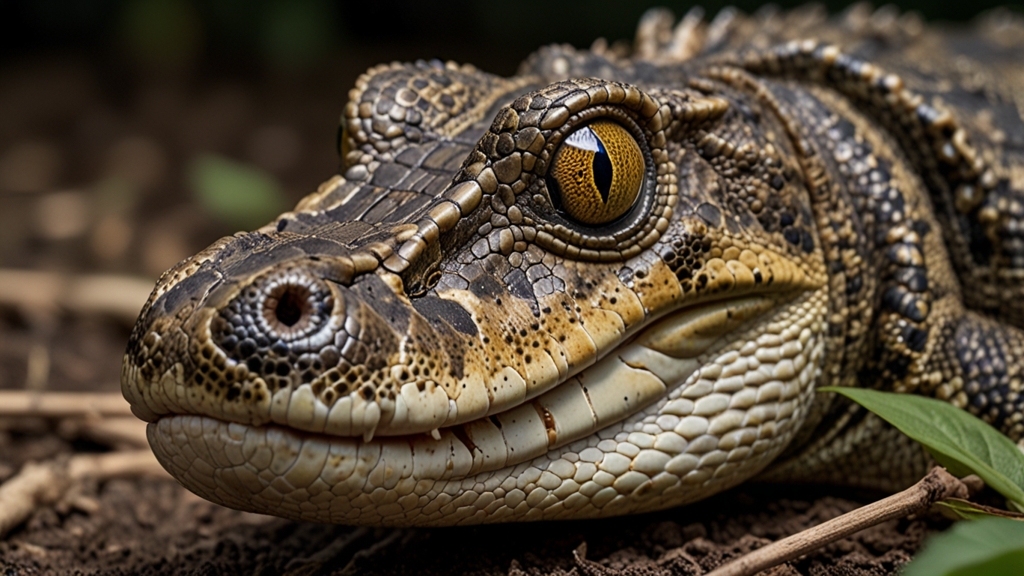Echoes of Extinction: The Sound of Endangered Animals
The natural world is a symphony of sounds, from the rustling of leaves to the calls of wildlife. Among these sounds, there are some that are growing increasingly rare — the calls of endangered animals. The echoes of extinction are a haunting reminder of the fragility of our planet's biodiversity. These sounds, once common and vibrant, are fading into the past as species face the threat of disappearing forever.
The Silent Disappearance
Animals communicate through a variety of sounds, whether it is for mating, warning of danger, or simply navigating their habitat. Each species has a unique voice that contributes to the overall orchestra of nature. However, as habitats are destroyed and populations dwindle, these natural melodies are silenced.
Consider the Sumatran rhino, one of the world's most endangered mammals. These creatures once roamed the dense forests of Southeast Asia, their vocalizations echoing through the trees. Today, fewer than 80 individuals remain, and their calls are a rare and precious sound. Conservationists are racing against time to capture these sounds before they are lost forever.
"The loss of a species' voice is as tragic as the loss of the species itself. It's like losing an entire culture, an entire language," says Dr. Jane Smith, a renowned conservation biologist.
The decline of these voices often goes unnoticed by the general public. Unlike the more visible signs of extinction, such as the loss of an animal from a zoo, the silencing of these animals happens quietly and gradually. It's a slow erosion of nature's choir, leaving a void that is felt deeply by those who have dedicated their lives to preserving these sounds.
Recording the Vanishing Voices
To combat this silent extinction, scientists and conservationists have turned to technology. Advanced audio recording equipment is being used to document the sounds of endangered animals. These recordings serve not only as a scientific resource but also as a powerful tool to raise awareness about the plight of these species.
Projects like the Voices of the Amazon aim to capture and preserve the sounds of the rainforest before they are lost to deforestation. By sharing these recordings with the public, conservationists hope to foster a deeper connection between people and the natural world. The sounds of howler monkeys, jaguars, and countless bird species provide an auditory window into the richness of the Amazon, urging us to take action to protect it.
"When people hear the sounds of endangered animals, they are often moved in a way that visuals alone cannot achieve. There is something profoundly human about connecting through sound," notes Dr. Mark Evans, an environmental scientist involved in the project.
The Role of Sound in Conservation
Sound is not just a tool for raising awareness; it is also an essential part of conservation strategies. Bioacoustics, the study of how animals use sound, has become a critical field in wildlife conservation. By analyzing the sounds of endangered species, researchers can gain insights into animal behavior, population dynamics, and habitat health.
For example, the Indri, a critically endangered lemur in Madagascar, has a distinctive song that can be heard over a kilometer away. By recording and studying these songs, scientists can monitor indri populations without the need for intrusive and stressful capture methods. This non-invasive approach helps to ensure that conservation efforts do not further harm the species they aim to protect.
Moreover, bioacoustic monitoring can detect changes in the environment that may not be immediately visible. The presence or absence of certain animal calls can indicate shifts in ecosystem health, alerting conservationists to issues such as illegal logging or climate change impacts.
A Call to Action
The sounds of endangered animals are more than just a curiosity; they are a vital part of our planet's heritage. Each call, song, and chirp is a thread in the intricate tapestry of life. As these threads unravel, we lose not only the species that create them but also the richness and diversity that make our world so vibrant.
Conservation efforts today are more critical than ever. By supporting initiatives that focus on preserving the sounds of endangered animals, we can contribute to a larger movement to protect the planet's biodiversity. Whether through direct conservation work, supporting legislation that protects habitats, or simply raising awareness, each action helps to ensure that the echoes of extinction are replaced by a chorus of life.
"We have a responsibility to future generations to ensure that they can hear the same natural wonders that we do. It's about preserving the beauty and complexity of our world," says Dr. Jane Smith.
In conclusion, the sounds of endangered animals are a poignant reminder of what's at stake. They are calls to action, asking us to listen, to care, and to act. As we move forward, let us strive to ensure that these echoes of extinction become calls of hope and renewal.











